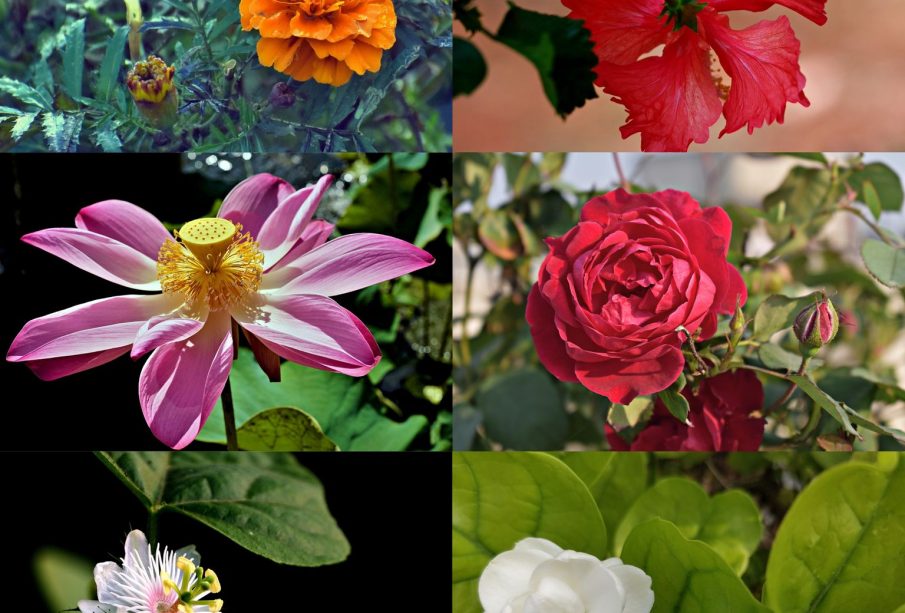It’s time for Navratri

A North Indian tradition of togetherness
October, November, and December are known for celebrations and festivities all over the world. Locally, Thanksgiving, Halloween, and Christmas come in a wave of celebrations spreading beauty and colour through the crisp days of fall and snowy evenings of winter. Similarly, on the other side of the world, the country of India, and particularly the northern provinces of India, also enter celebrations in the month of October, beginning with the festival of Navratri.
Navratri translates directly to “Nine Nights” and is a festival that lasts for ten days. Celebrations continue for nine days, and the tenth day marks the end of the festival. The festival is also known as Dussehra (Defeating Ten Evil) or Durga Puja (Worshipping Goddess Durga) in different provinces.
The festival falls on different dates each year which are determined by the lunar calendar as per the Indian tradition. The tenth, or the final, day of the festival is celebrated on the tenth day of the month of Ashvina, the seventh month of the Hindu calendar, with the appearance of the full moon. This event known as Shukla Paksha means the “bright fortnight.” What is interesting about Navratri is that the same nine days have different significance in different provinces.
In the provinces of Gujarat and West Bengal, the festival celebrates all the nine forms of the deity Durga. In other provinces, the festival marks the victory of Lord Rama over the Demon God Ravana.
Different traditions are followed in respective provinces. In the Gujarati community, people come together perform “Garba,” a community dance where members of the community come together and dance in unison.
In the Bengali community, massive tents are constructed with huge idols of the goddess representing all of her nine forms. The streets are full of people who visit each tent, usually on foot. People flood the streets, tents are adorned with thousands of bright colours, peddlers sell their wares, the trees are lit up and nights come to life.
In fact, these ceremonial tents in Kolkata, the capital city of West Bengal, are a global tourist attraction and people from all over the world pour in each year to witness the celebration. Similarly, the community dance of Garba in many cities of Gujarat has records for the largest number of people dancing together in unison.
Various organizations of the Indian community in the City of Regina organize Navratri celebrations as well. For instance, the Gujarati Samaj of Saskatchewan organizes Garba nights during these nine days. The event passes are available for purchase on their websites. The Hindu Samaj of Southern Saskatchewan also hold events at the Hindu Temple on Pasqua Street.
India is known for its grand traditions and vivid colours, and Navratri celebrations are a sure shot way to witness them at their very best. I encourage everyone to be a part of these events at least once in their lifetime. Coming from India and having witnessed and grown up with these traditions, I certainly miss home a little more around this time of year.









